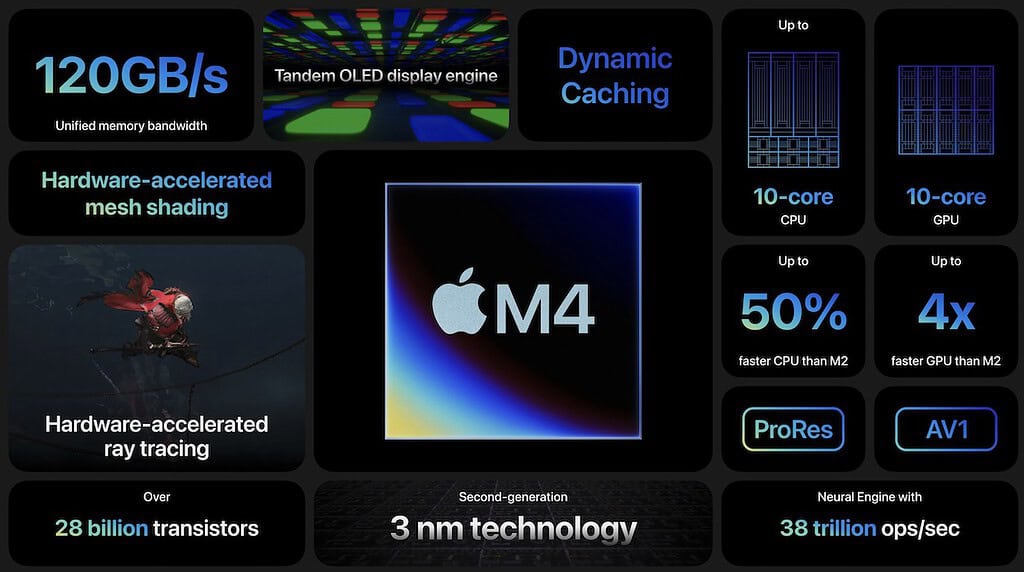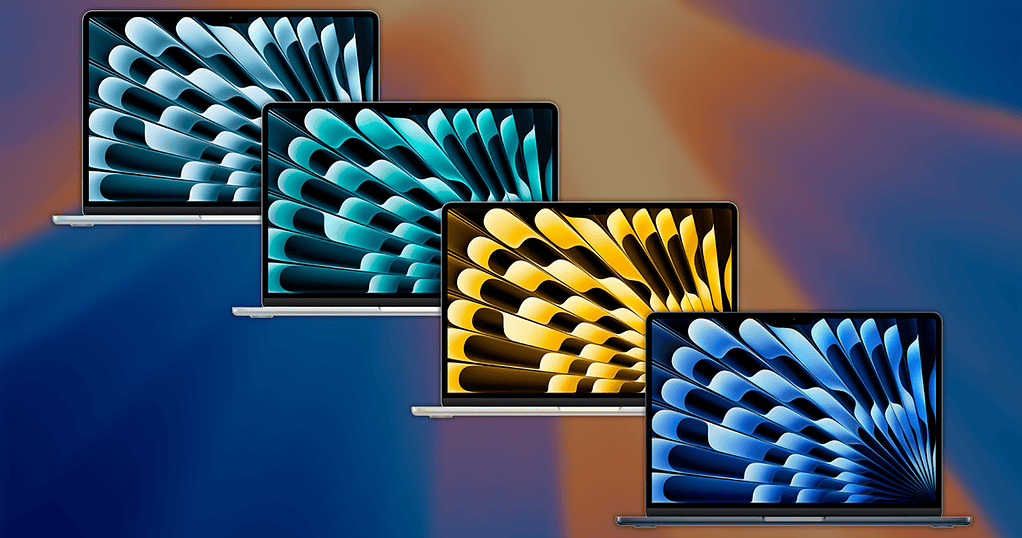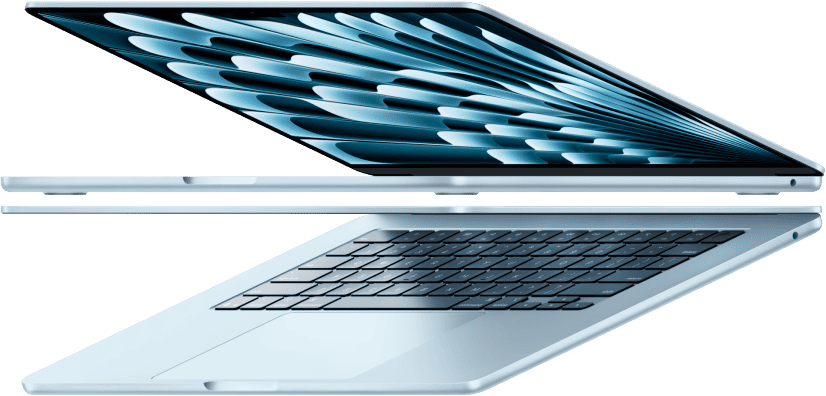Apple’s MacBook Air has long been a benchmark for ultraportable laptops, blending performance with sleek design. With the introduction of the M4 chip, Apple continues this tradition, offering some notable enhancements over the previous M3 model. This article compares the M4 and M3 MacBook Air models to help you make an informed decision about whether to upgrade.
Performance and Processing Power

The M4 chip represents a significant leap in Apple’s silicon development. Manufactured using TSMC’s second-generation 3-nanometer process, the M4 boasts 28 billion transistors, surpassing the M3’s 25 billion. This increase translates to improved performance and efficiency. The M4 chip features a configuration of either three or four performance cores and six efficiency cores, offering up to 50% more CPU performance and four times the GPU performance compared to the M2. In contrast, the M3 chip comprises four performance cores and four efficiency cores, delivering robust performance but falling short of the advancements introduced by the M4.
Graphics and Display
Both the M3 and M4 MacBook Air models come equipped with integrated GPUs. The M4’s GPU supports advanced features such as hardware-accelerated ray tracing and mesh shading, boosting graphics rendering and visual effects. Display-wise, both models maintain the 13.6-inch Liquid Retina display with a resolution of 2560×1664 pixels, offering vibrant colors and sharp visuals. The M4 model, however, supports up to two external displays without requiring the laptop’s lid to be closed, a limitation present in the M3 model.
Memory and Storage
The M3 MacBook Air offers configurations with 8GB or 16GB of unified memory, whereas the M4 model starts at 16GB, with options to upgrade to 24GB or 32GB. This increase in base memory caters to more demanding applications and multitasking tasks. Both models provide storage options ranging from 256GB to 2TB SSDs, ensuring ample space for various user requirements.
Design and Build

Apple has retained the sleek and lightweight design in both the M3 and M4 MacBook Air models. The unibody aluminum chassis, available in Silver, Starlight, Midnight, and a new Sky Blue shade, exudes elegance and durability. The dimensions and weight remain consistent across both models, offering portability without compromising on build quality.
Connectivity and Ports
Both models feature two Thunderbolt 4 (USB-C) ports, a 3.5mm headphone jack, and the MagSafe 3 charging port. The reintroduction of MagSafe provides secure and convenient charging, minimizing accidental disconnects. Wireless connectivity includes Wi-Fi 6 and Bluetooth 5.0, translating to fast and reliable connections. As expected, the front camera has been upgraded from a 1080p FaceTime HD camera to a 12MP Center Stage camera with support for Desk View.
Battery Life
The M4 MacBook Air offers improved energy efficiency, resulting in extended battery life. Users can expect up to 18 hours of video playback, a slight increase from the M3 model’s 17 hours. This means you can use it for longer periods without the need for frequent charging.
Pricing and Availability
The M4 MacBook Air is priced competitively, with the 13-inch model starting at $999 and the 15-inch variant at $1,199. This pricing reflects a $100 reduction from the price of the previous M3 models, making the latest iteration more accessible to a broader audience. Both models are available for preorder, with shipments commencing on March 12, 2025.
